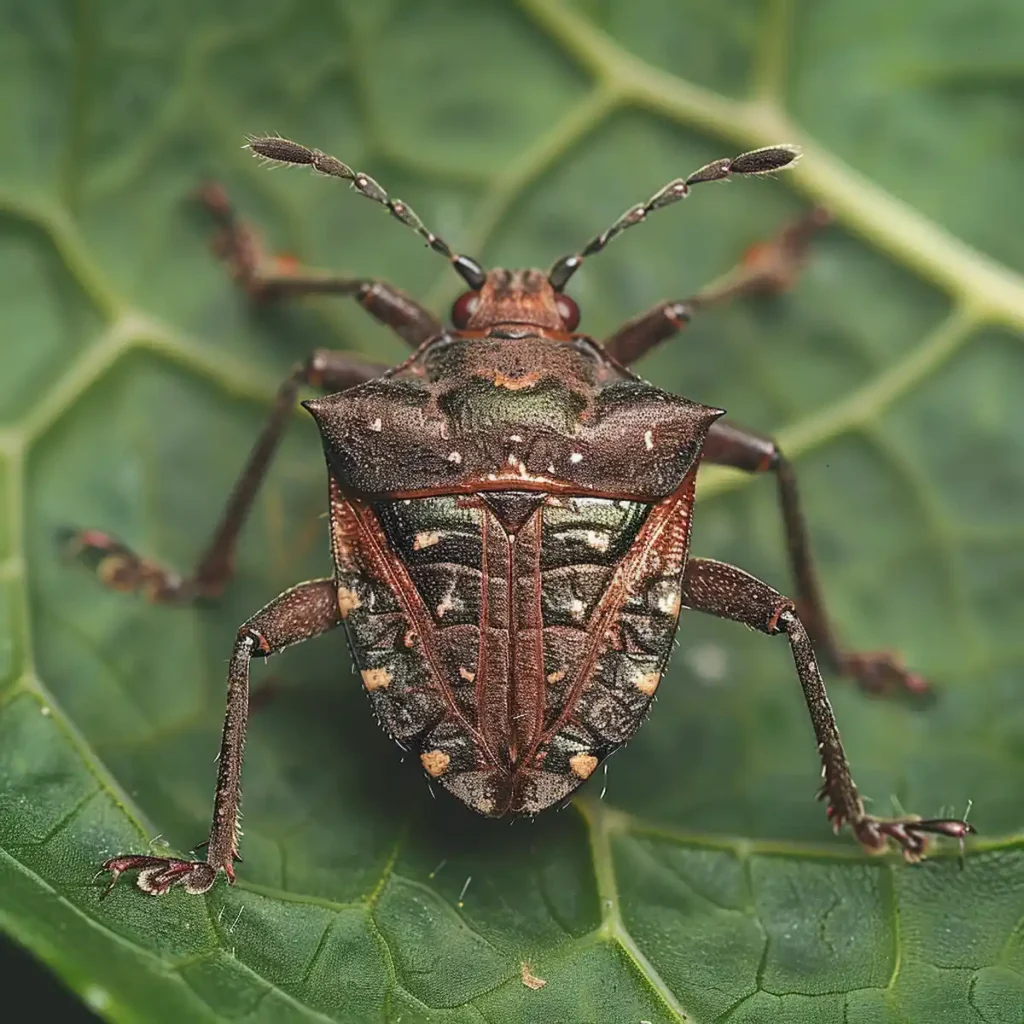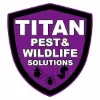Stinkbugs, particularly the brown marmorated stinkbug (Halyomorpha halys), have become a common nuisance for homeowners and farmers alike.
Understanding their seasonal activity can help you better prepare for and manage potential infestations. This detailed overview will help you understand stinkbug activity throughout the year and offer expert advice on protecting your home and garden from these persistent pests.

Spring: Emergence and Migration
Stinkbugs emerge from their overwintering sites as the weather warms up in spring. These sites often include protected areas such as attics, wall voids, and other sheltered parts of buildings. During this time, stinkbugs’ primary focus is to find food and mates.
Primary Activities:
- Emergence from Overwintering: Stinkbugs emerge as temperatures rise above 50°F (10°C). They are often seen on sunny days, seeking warmth and light.
- Migration to Feeding Sites: After emerging, stinkbugs move toward gardens, orchards, and fields. They are attracted to various plants, including fruits, vegetables, and ornamental plants.
Professional Tips:
- Inspect and Seal Entry Points: Early spring is an excellent time to have your home inspected by professionals for any potential entry points. They can seal them to prevent stinkbugs from re-entering in the fall.
- Use Insect Screens: Ensure that all windows and vents have intact insect screens installed by pest control experts to keep stinkbugs out.
Summer: Feeding and Reproduction
During the summer months, stinkbugs are primarily focused on feeding and reproduction. This period is characterized by increased activity as they seek food sources and lay eggs.
Primary Activities:
- Feeding: Stinkbugs feed on a wide range of plants, using their piercing-sucking mouthparts to extract juices from fruits, vegetables, and ornamental plants. This feeding can cause significant damage, leading to defective or deformed produce.
- Reproduction: Female stinkbugs lay clusters of eggs on the undersides of leaves. Each female can lay several hundred eggs throughout the summer, leading to rapid population growth.
Professional Tips:
- Monitor Plants Regularly: Pest control professionals can inspect your garden and crops for signs of stinkbugs and their eggs. Early detection can help manage infestations before they become severe.
- Use Traps and Barriers: Professionals can set up pheromone traps to monitor stinkbug activity and physical barriers, such as row covers, to protect valuable plants.
Fall: Seeking Shelter
As temperatures drop in the fall, stinkbugs start seeking shelter to overwinter. This is when they become most problematic for homeowners, as they look for ways to enter buildings to escape the cold.
Primary Activities:
- Aggregation Behavior: Stinkbugs exhibit aggregation, gathering large numbers on the sunny sides of buildings before finding entry points to get inside.
- Indoor Migration: Once inside, stinkbugs find hidden places to overwinter, such as attics, wall voids, and other secluded areas. They remain inactive during the cold months but can become a nuisance if disturbed.
Professional Tips:
- Seal Cracks and Gaps: Pest control professionals can inspect your home for cracks, gaps, or openings and seal them with caulk or weatherstripping to prevent stinkbugs from entering.
- Install Door Sweeps: Professionals can add door sweeps to exterior doors to close any gaps at the bottom that could allow stinkbugs to enter.
- Use Vent Screens: Experts can install screens on attic vents and chimney openings to block stinkbug entry points.
Winter: Overwintering
During winter, stinkbugs remain inactive while overwintering in sheltered locations. They do not feed or reproduce during this time, but their presence can still be bothersome if they become active due to indoor heating or mild weather.
Primary Activities:
- Inactivity: Stinkbugs remain in a state of dormancy throughout the winter. They cluster together in hidden areas to conserve warmth and energy.
- Occasional Activity: Warm spells or indoor heating can cause stinkbugs to become active, leading them to move inside the house in search of a way back outside.
Professional Tips:
- Avoid Disturbing Overwintering Sites: Avoid disturbing areas where stinkbugs are overwintering, as this can cause them to become active.
- Use Vacuum Cleaners: If stinkbugs become active indoors, professionals recommend using a vacuum cleaner to remove them rather than squashing them, which can release their unpleasant odor.
Year-Round Integrated Pest Management (IPM) Strategies
To manage stinkbug populations effectively, consider implementing year-round integrated pest management (IPM) strategies with the help of pest control professionals. These strategies combine multiple methods to prevent and control infestations while minimizing environmental harm.
Essential IPM Strategies:
- Regular Inspections: Regularly inspect your home and garden to detect stinkbugs early.
- Biological Controls: Encourage natural predators like birds and beneficial insects to help control stinkbug populations.
- Chemical Controls: Use insecticides as a last resort and follow label instructions carefully to avoid harm to non-target species and the environment.
Understanding stinkbugs’ seasonal behavior and taking proactive measures can protect your home and garden from these invasive pests. If you suspect a significant infestation or need assistance with prevention, don’t hesitate to contact professional pest control services for expert advice and solutions.

